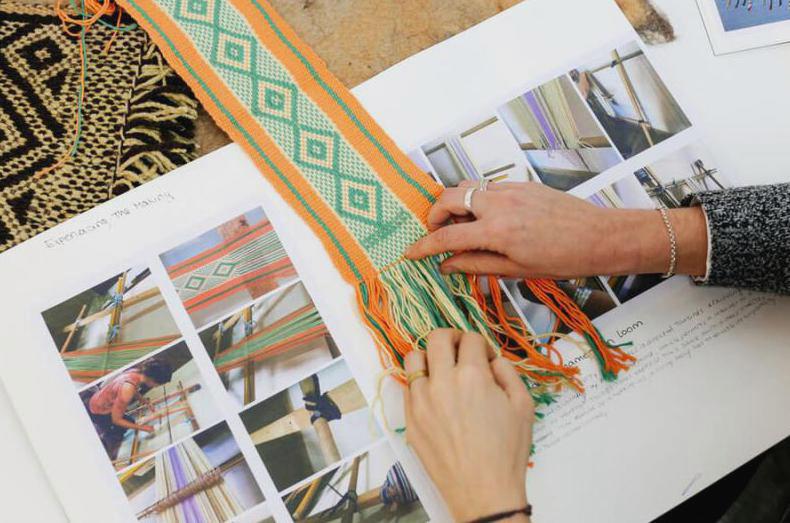
Soft goods design is the process of creating and designing products that are made from soft materials such as fabric, leather, or synthetic materials. This type of design is used to create a wide variety of items ranging from clothing and accessories to interior textiles and home decor. Soft goods designers must consider factors such as material selection, cost efficiency, ergonomics, sustainability, manufacturing processes and aesthetics when creating their designs.
Common fabrics and materials used to create quality designs
The most common types of fabric used in soft goods design are natural fibers like cotton, wool, silk and linen. These fabrics are lightweight yet durable with breathable properties which make them comfortable to wear or use in home décor items such as curtains or cushions. They have great absorbency qualities which makes them ideal for absorbing moisture from sweat or spills. Natural fibers come in various textures ranging from smooth satin-like finishes to coarse burlap material depending on its uses.
Synthetic fibers like polyester and nylon are also commonly used due to their affordability and durability compared to natural fibers. They can be treated with special finishes such as water repellents or anti-static coatings which improve their performance characteristics while still keeping the cost low compared to other options available. Polyester is often used in outdoor jackets since they are highly resistant against abrasion while nylon is typically found in swimwear because of its stretchability properties.
Leather is another popular material found in high end garments and accessories due to its luxurious look and feel along with being very strong yet flexible at the same time. It can be dyed into various colors making it versatile enough for all kinds of clothing styles including formal menswear blazers or leather coats for women’s fashion trends alike.
Textile printing methods and technologies used to enhance product aesthetics
Textile printing is a fast and affordable way to apply complex patterns and designs onto fabrics. Using modern digital technologies like dye sublimation or direct-to-fabric inks, designers are able to quickly produce custom graphics with detailed color accuracy and sharp resolution. This level of control allows designers to achieve vibrant colors, intricate patterns, and textured effects that can be used to create truly eye-catching apparel pieces.
Another popular textile printing method involves using water-based discharge inks on natural fabrics such as cotton or linen. This technique results in bolder colors than traditional screen printing methods while also eliminating the need for plastisol additives or other harsh chemicals during production. Discharge ink also reduces fabric shrinkage which can ensure optimal fit after washing and drying cycles.
In recent years, advancements in heat transfer technology have allowed brands to expand their range of printed soft goods even further. Heat transfers are ideal for creating multi-colored prints without having to use multiple screens during setup; they’re also great for producing vibrant images on delicate materials such as rayon or silk that would normally damage under conventional screen print processes. Heat transfer films can also add a special finish like glitter or faux leather textures which adds another layer of visual appeal when applied correctly.
Soft Goods Design Processes & Procedures
When it comes to soft goods design, it’s important to understand how fabrics work together in order to create the desired look and feel. It’s also important to understand which fabrics will be most durable over time so that your customers get the best possible experience with their purchase. Additionally, designers need to think about what types of closures (zippers, buttons, etc.) might be needed for the product in order to make sure it functions properly and looks attractive.
The next step in the process is prototyping or sampling different designs before committing to production runs. Prototyping allows you to test out different ideas quickly without having to invest too much money right away on tooling or large quantities of material. Sampling allows you to assess whether a particular design will actually work or not by testing it out in real world conditions – this can save time and money down the line if changes need to be made due an unforeseen issue with a prototype sample that wasn’t apparent during initial concept phase sketches/renderings.
Once prototypes have been tested successfully then comes production planning where details like material sourcing, suppliers selection & costing estimates can all come into play so that everything is ready when actual production begins. During production there may also be quality control measures taken depending on what kind of product being created - these could include lab tests on physical properties like tensile strength & shrinkage rate amongst others depending on application type/usage scenarios being considered for end user benefits (ease-of-use etc.).
Posted By #admin



